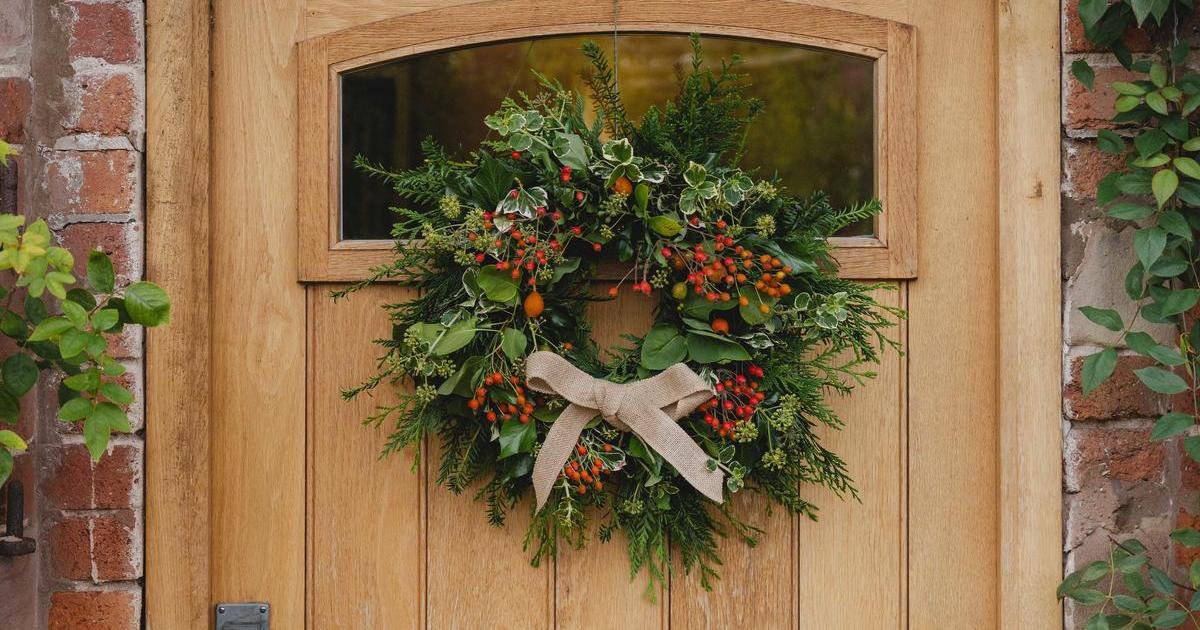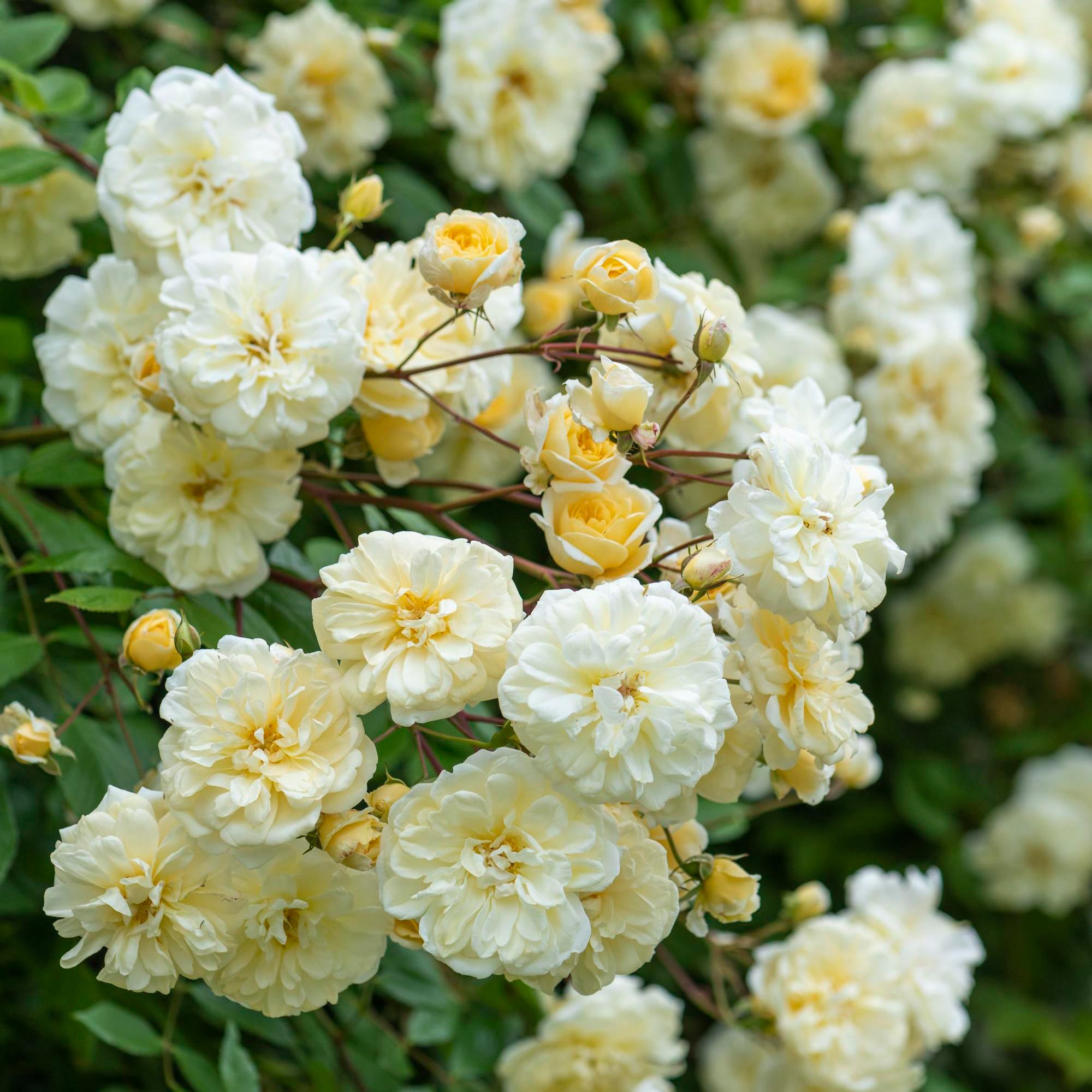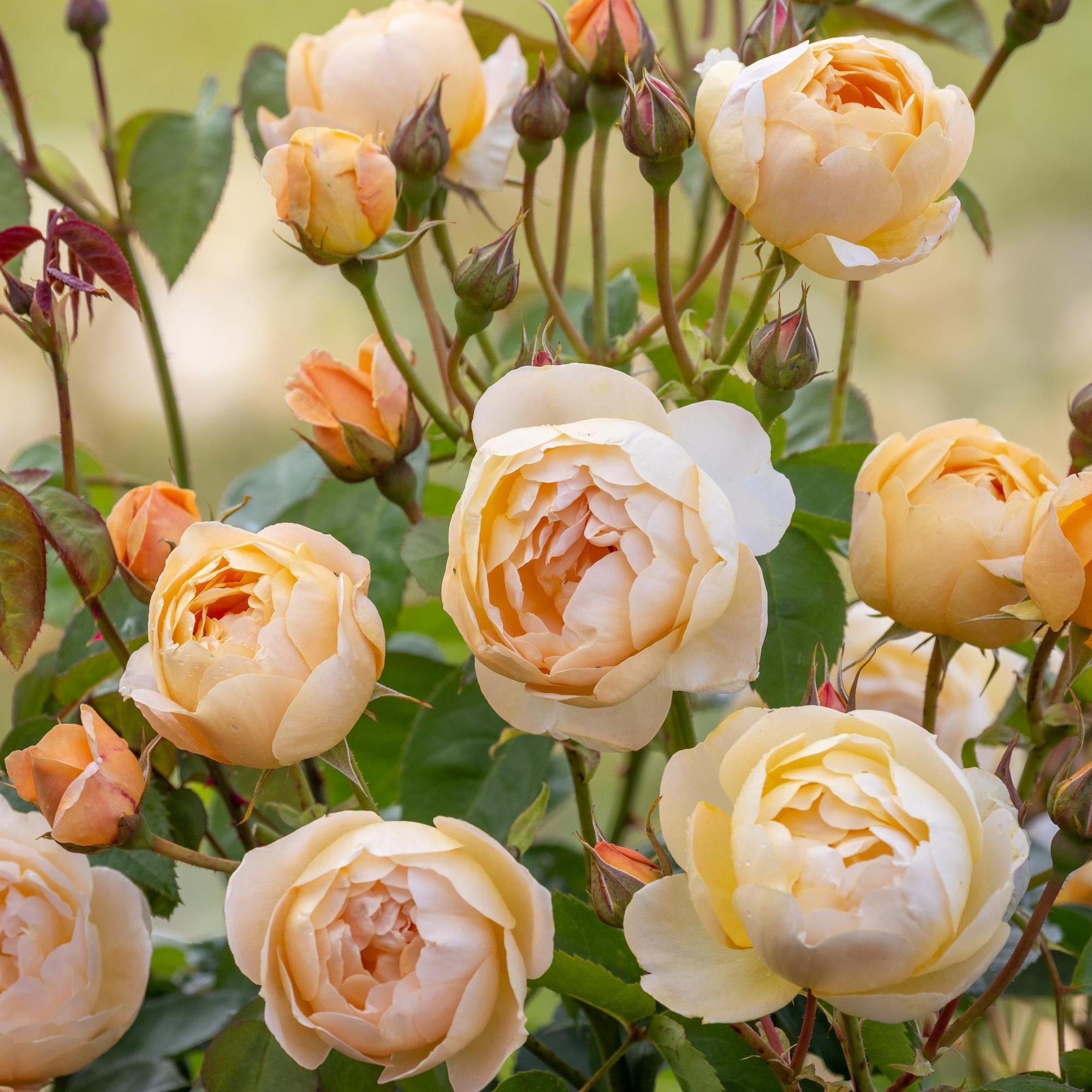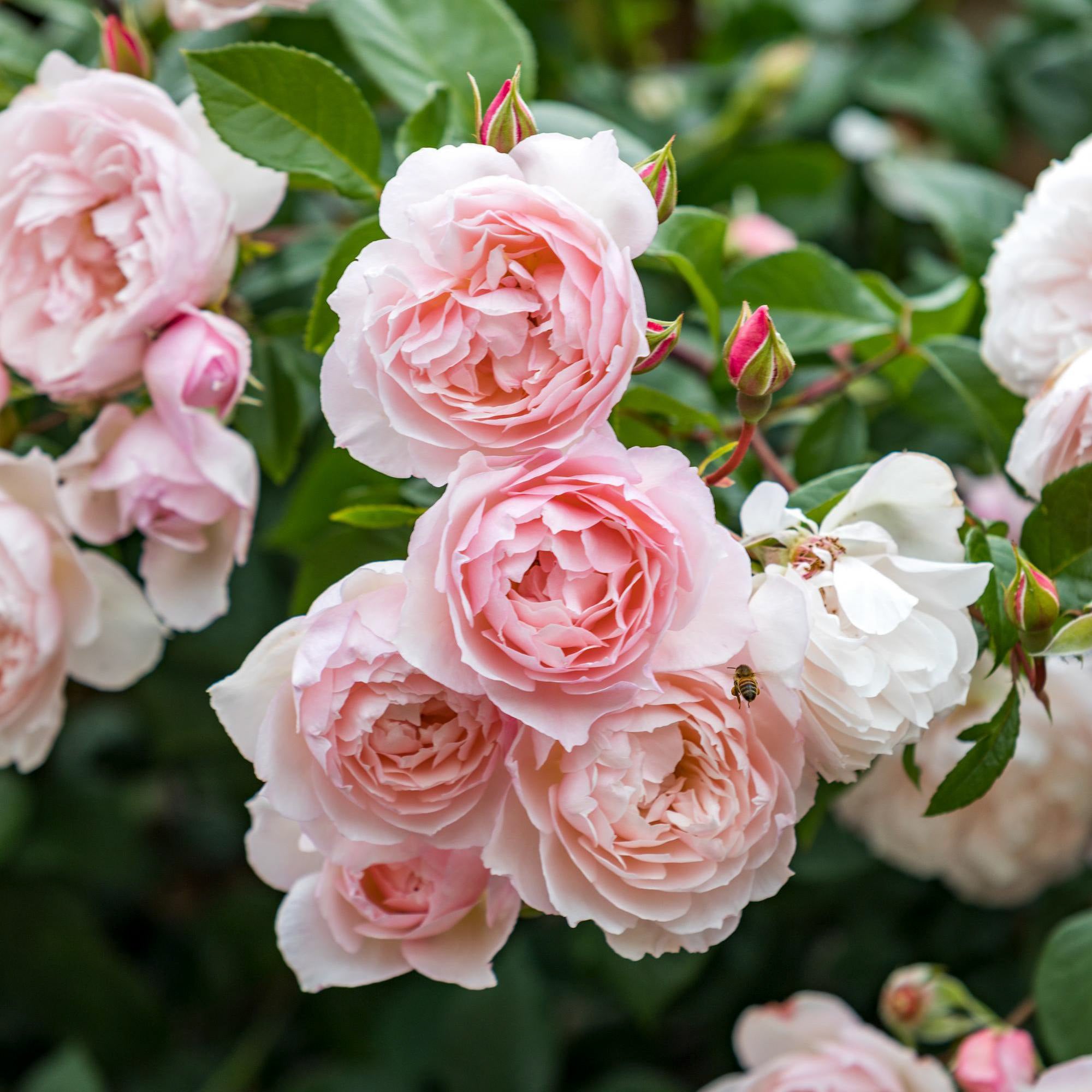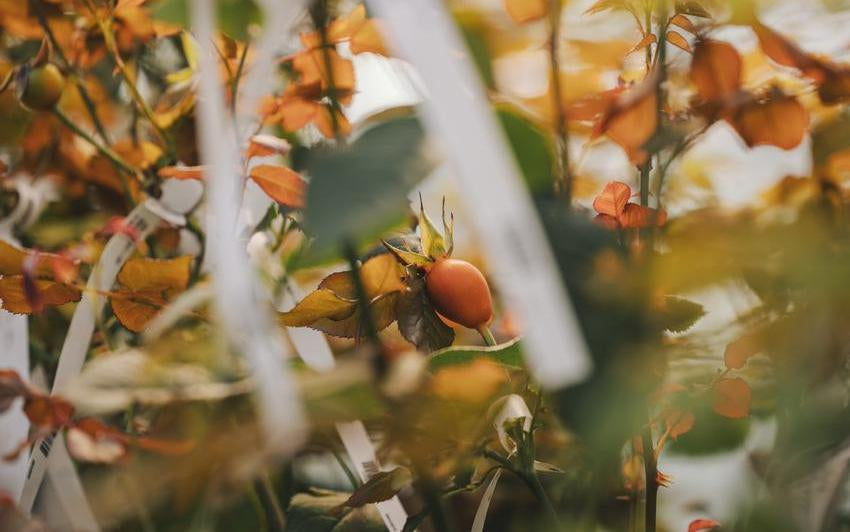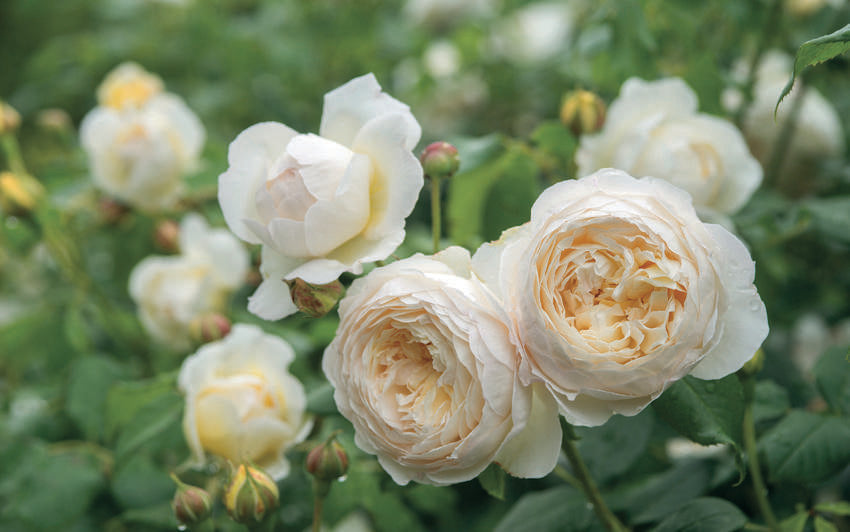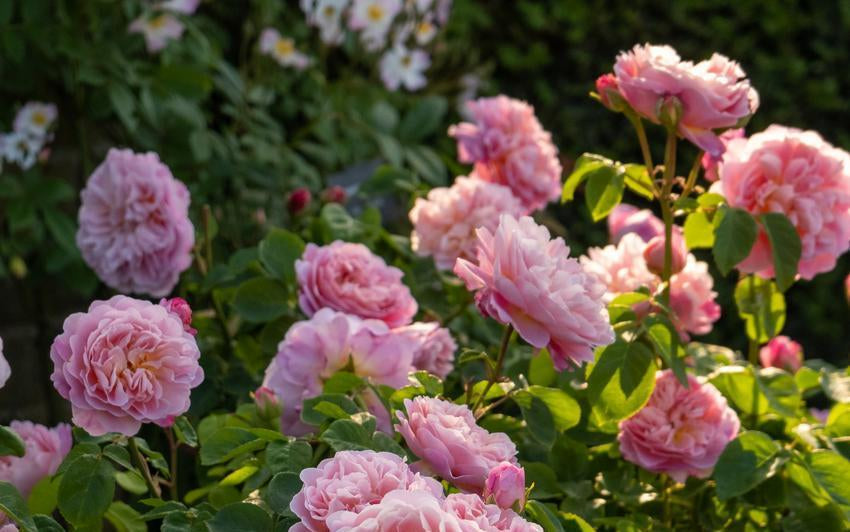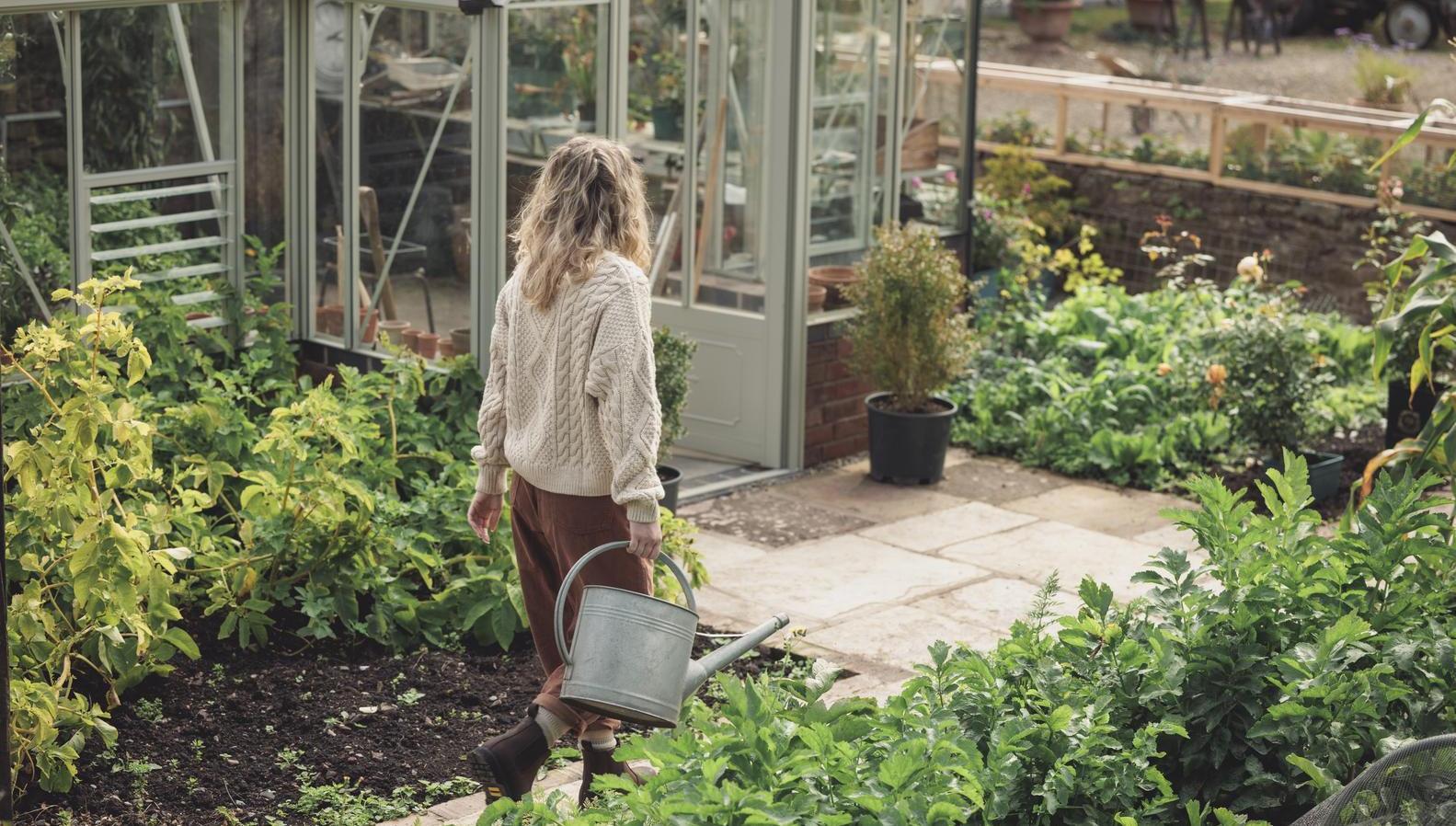How to Make a Foraged Rose Hip Christmas Wreath
A winter walk often reveals more than you expect, especially when you start gathering what the season gives you. For generations, people have stepped out into the darker months to collect what the hedgerows have to offer: evergreens, seedheads, berries and, of course, rose hips. A wreath made from these finds feels honest and seasonal, shaped by the garden and the landscape rather than by anything store-bought. It is a small way of bringing winter’s character indoors.
Rose hips make especially beautiful wreaths. Some roses carry large, rounded hips that glow like small lanterns; others produce little clusters along long stems, giving height and movement. Using a mixture adds life and texture. You might take a handful from an old shrub in your garden, gather smaller hips from a rambler, and cut a few heavy, bright rugosa hips for colour and weight. Each one has its own presence, and together they create something full of interest.
- Secateurs to cut hips of your rose
- A wreath base (straw, foam or wire all work well)
- Rose hips in varied shapes and sizes
- Winter greenery such as holly, fir, ivy, rosemary, bay or eucalyptus
- Floral wire or a hot glue gun
- Optional natural additions: pinecones, dried fruit slices, cinnamon sticks
- Ribbon for hanging
- Dry your rose hips well if you want the wreath to last longer.
- For fragrance, weave in sprigs of rosemary or bay.
- Keep the stems long when foraging so you have plenty to secure to the frame.
- Mix different forms of hips for the most character: large, round ones; slim, elongated ones; and loose clusters.
To Build Your Wreath
Prepare your materials:
Gather your rose hips and greenery. Make sure everything is clean and dry. Cut the greenery into manageable pieces so it can be layered neatly around the base.
Add the greenery
Start by attaching your chosen foliage to the wreath base. Use floral wire or glue to secure each piece, working your way around in the same direction. Layer the greenery so it feels full and natural, letting some pieces overlap or flow outward.
Incorporate the rose hips
Add the rose hips once the greenery is in place. Secure them with wire or glue, using a mixture of shapes and sizes to create interest. You can cluster a few together for impact or scatter them more loosely for a relaxed, foraged look. Allow some stems to sit slightly proud of the foliage for movement.
Introduce extra touches
If you want more detail, tuck in pinecones, dried orange slices or cinnamon sticks. These elements sit well with the warm colours of the hips and add a little depth without overpowering the natural feel.
Finish with a ribbon
Tie a ribbon around the top of your wreath. Choose something that suits the tone you want: a deep green or burgundy for a traditional look, or soft linen or jute if you prefer something simple and understated.
Hang and Enjoy
Once finished, hang your wreath on a door, gate or mantel and let the colours and textures speak for themselves. It is a piece that changes slightly as the season progresses, settling and drying with time. There is real pleasure in knowing it was made from your own small walk, your own garden, your own winter surroundings.
Using Rose Hips for Christmas: Natural Crafts and Winter Garden Inspiration
As autumn settles and the days take on a crisp, silvery light, the garden begins to quieten. Blooms fade, leaves fall, and roses offer their final gesture of the year. Their hips, glowing in reds and soft oranges, brighten bare stems like small lanterns and bring warmth to the stillness of the season. These fruits have long carried a nostalgic charm, recalling winter walks, simple festive gatherings and the comforting traditions of Christmas. Rose hips are easy to collect. Choose firm, brightly coloured hips and snip them with a short length of stem attached. A gentle rinse is enough to prepare them for craft or cookery.






